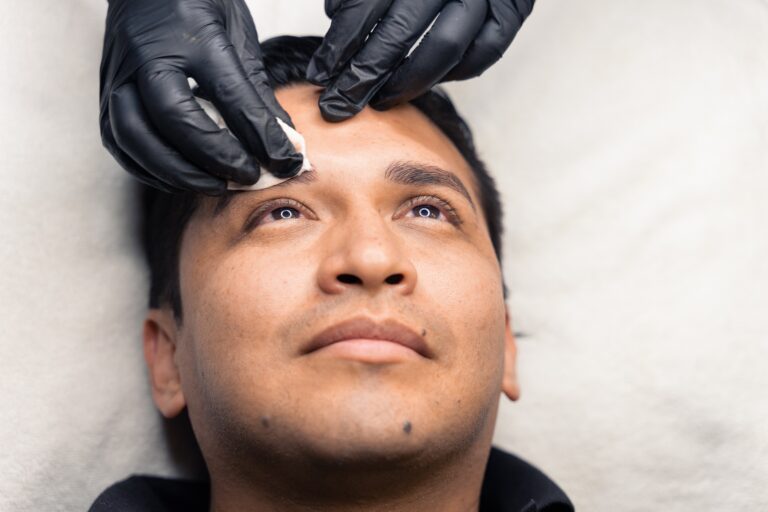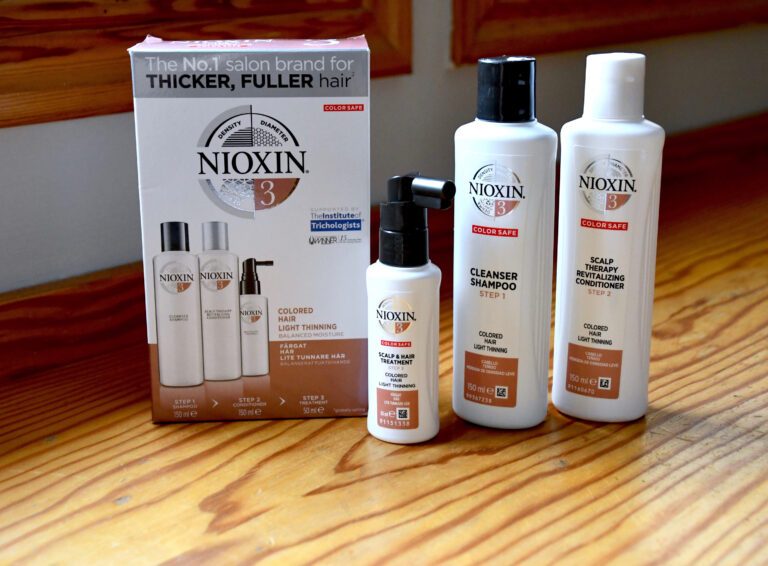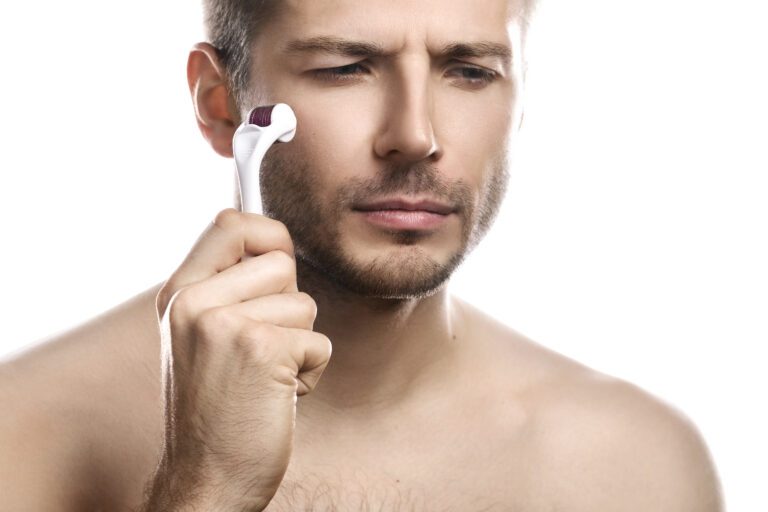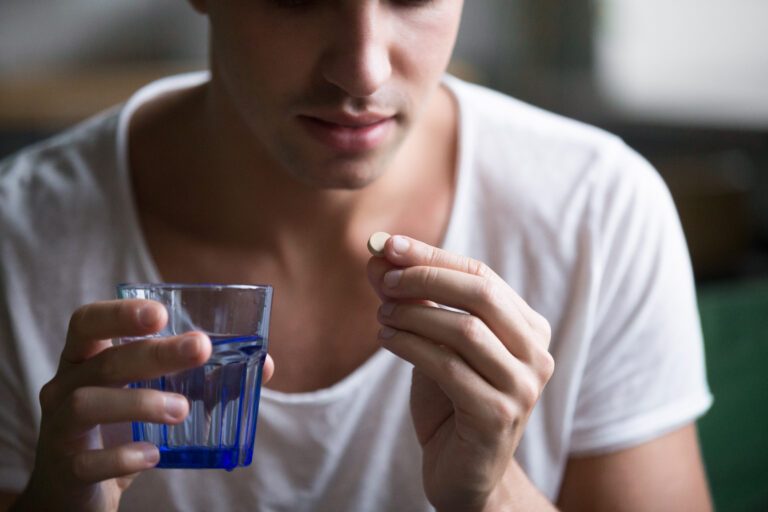How to Sleep Correctly After a Hair Transplant
The first two weeks of post-hair transplant surgery require careful after-care so as not to disrupt the healing process of both the donor and recipient area. Resting and sleeping positions are crucial in this stage. Thus, people ask questions like:
How to sleep after hair transplant? When can I sleep normal after hair transplant?
After a hair transplant, you should sleep on your back with your head higher than your chest level. You can use two or more pillows and a travel pillow to support your head and neck. It can be uncomfortable, but after 10 days, you can sleep in a normal way again.
In this article, we’ll elaborate on how you can sleep correctly and comfortably after your hair transplant. We’ll also share some sleeping tips and the sleeping habits you should avoid after a hair transplant, so stick around!
When Can I Sleep Normal After Hair Transplant?
Between 10 and 14 days after a hair transplant, you can go on with most of your physical activities, including sleeping in the normal position. By then, the grafts have progressively become stable. Hence, they can resist any disruption.
It’s important to note that the first 10 days are crucial for a successful healing process of the transplanted follicles. You need to avoid wearing a hat and refrain from taking a power shower.
Moreover, you should be extremely careful not to let the newly implanted hair rub against any surface.
If you follow these instructions, you can lay comfortably on your bed without worrying about getting the transplanted hair damaged.
After 10 days, you can already sleep sideways or in any position you’re comfortable with.
How to Sleep After FUE Hair Transplant?
Sleeping after a Follicular Unit Extraction (FUE) requires you to sleep on your back, with your head above your chest level. It’ll reduce friction between the pillow and your scalp, thereby preventing any damage to your newly implanted hair.
You can arrange two pillows like a ramp—one lying flat on the bed and the other sliding on the side of the other pillow. The pillows will keep your head elevated and the hair follicles safe from sticking on the bed’s surface.
If the transplantation is on the vertex area of your head, you should use a travel pillow or rolled towel to keep your head forward and up. Just place the travel pillow around your neck. If you don’t have one, use a rolled towel and position it underneath your neck.
Then, you may lie on your bed or couch in a semi-sitting position. It’ll help you minimize swelling on your scalp.
Note that the newly implanted hair follicles shouldn’t get in contact with your pillows. Since your hair follicles are still delicate in the first few weeks, any harsh movement may tear or damage the transplanted ones.
How to Sleep After FUT Hair Transplant?
FUT is one of the primary methods of hair transplantation that involves removing a strip of scalp from the back of the patient’s head. The complete healing process in FUT may take a little longer than in FUE, which is why you should be even more careful.
Sleeping after Follicular Unit Transplant (FUT) needs you to keep your head elevated on pillows.
You can put three or four pillows to help prop your head. This position will help limit the blood in your scalp and aid in keeping the swelling and discomfort to a minimum. Plus, it helps avoid rubbing off or detaching the grafts in your sleep.
After your FUT surgery, you can also sleep on a recliner to limit your movement. It’ll keep your hair from contacting or rubbing against any surface. Furthermore, it’ll hinder you from rolling and tossing, thus, reducing the risk of dislodging the grafts.
You can also use a sofa in your sleep after your surgery. Just place a pillow on its armrest, lean your back, and keep your head elevated. The sofa is a good option, as it’ll restrict you from turning and tossing.
What Sleeping Practices Should I Avoid After a Hair Transplant?
To make sure that your hair transplant surgery will be a success and your money won’t go to waste, you have to avoid things that may damage your implanted hair.
- Avoid rubbing your head against any surface
- Don’t let the transplanted region come in contact with the bed
- Don’t sleep on your face, otherwise, the swelling will redirect to your face and eyes
Sleeping Tips After a Hair Transplant
Here are the tips you need to be mindful of when sleeping after a hair transplant:
Follow Your Surgeon’s Instructions
You’ll get detailed instructions on the proper ways to sleep after your surgery. Make sure to follow your surgeon’s instructions. They’ll ensure your newly transplanted hair follicles are safe.
Ensure That the Sleepwears Are Clean
One way to avoid infection on the surgical site is by making sure that the bedsheets and cover you’ll use are clean. When washing them, use cleaning agents that won’t cause itchiness or allergic reaction on your scalp.
Do your best to resist scratching your scalp even if an allergic reaction does occur, especially in the first two weeks.
Use the Right Pillow
The right pillow is crucial when sleeping after a hair transplant. Opt for a soft pillow, which can provide cushioning support to your head while you sleep. A travel pillow is also highly recommended, as it gives comfort while preventing the surgical site from touching the bed.
Alternatively, you can opt for pillows specially designed to use when sleeping after a hair transplant. These pillows have a gel-like material that helps relieve pressure on the neck.
Cover the Pillow With Pillow Protector
After a hair transplant, you can expect some fluid to seep out of your scalp. It’s often caused by the fluid administered on areas where the strip was taken from during a FUT.
Hence, you can use a pillow protector to avoid staining the bed cover and the pillowcase.
Avoid Stressing Yourself
A good dose of sleep is essential for the quick recovery of the recipient and donor area after a FUT or FUE hair transplant surgery. It’ll enable your body to heal properly.
You should avoid overthinking and stressing yourself about what can possibly happen to your implanted hair. It won’t help you get a good sleep.
If you follow your surgeon’s instructions, trust that everything will work into place.
Try Taking Natural Sleep Aids
Pain, discomfort, and swelling usually follow after FUT hair transplant surgery. If you can’t sleep due to these reasons, you can try taking sleeping aids. However, we strongly recommend not going for those sleeping aids unless recommended by the doctor, as they can sometimes cause some disorientation.
Wrap Up
Hair transplantation is a life-changing decision for males and females experiencing baldness. Doing the correct hair aftercare is crucial to ensure the surgery will become successful; this includes sleeping in a way that won’t damage the transplanted follicles.
Knowing how to sleep after hair transplant is an important thing to consider. During the first 10 days, you should sleep on your back with your head above your chest level. Use two or more pillows to elevate your head and a rolled towel or travel pillow to prop your head up.
If you have uncertainties or issues with sleeping, you should consult your doctor. He knows the condition of your hair, so he can give the best solution.







